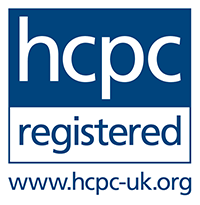What should Psychologists include in their CV?
Whilst there are plenty of pre-designed templates available from internet advisory services, it is very difficult to source one that is appropriate for an Psychologists or even Mental Health professional. Furthermore, the generic advice these sites offer is not always suitable in a situation when your CV is the only opportunity you have to secure an instruction/referral, rather than an interview.
Because of this, we have compiled a few tips and an example CV to help you get started if you are considering updating your CV:
1. Ensure that your relevant experience is listed first in your CV. It is unlikely that a client will be prepared to pull out the required information to instruct you, particularly if you are one of a number of professionals they are considering
2. Your CV should be clear and concise in order for the client to acknowledge your expertise in a particular area. Bullet pointed examples of cases you have previously worked on are particularly useful to communicate the breadth of your experience without lengthening the CV too much
3. Your career history is best presented in reverse date order starting with your current position. More emphasis should be placed on your most recent positions and if you have any career gaps, offer a brief explanation
4. Research papers and publications are important and in some cases they are a requirement in order to be instructed. However, it is important not to overload your CV with numerous listings as it might be construed for lacking in practical experience to someone outside the profession. A good way of achieving the balance is to note several examples and then offer a more comprehensive list upon request. Publications are also a good way of evidencing your expertise in a particular area and be prepared to tailor your list to the specific requirements of the case/client
5. Try to limit your CV to 3-4 sides of A4 maximum. Pages and pages of information can tend to overwhelm the reader and can even be read as being symptomatic of written communication problems
6. Always include additional, relevant or required information. For example; registration with regulators such as the HCPC, the ICO, enhanced DBS, experience of working with an interpreter, language skills or any specialist cultural knowledge
7. Ensure the formatting is correct and try to avoid using multiple fonts and text sizes as this can make it difficult to read. Research has shown that Times New Roman is a good choice because many publications use this and the eye is well accustomed to it. However, as long as the font is consistent and not italicised, your CV should be easy to read on a computer screen
CLICK HERE to download our example CV template




